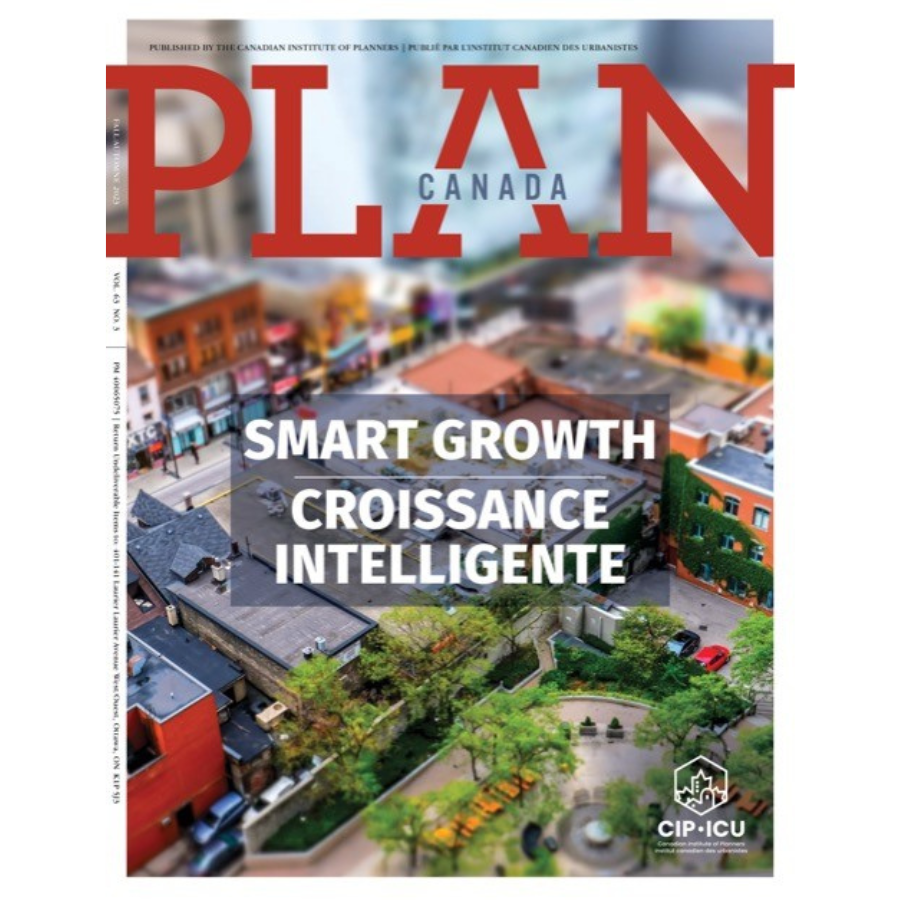FALL 2023, VOL. 63, NO. 3 –
Smart growth remains highly influential in Canadian planning practice. What was once a novel departure from typical planning and development is now considered to be best practice. As the principles of smart growth have moved into the mainstream, critiques have emerged, especially related to the impact of smart growth strategies on gentrification and housing affordability.
Are Canadian Metropolitan Areas Showing Smarter Growth?
- David Gordon
Carrots, Sticks and Populism: Why Smart Growth is Still Relevant Today
- David Gordon
The Livable Regions Smart Growth Plan That Shaped Metro Vancouver’s Sustainable Future
- Ken Cameron, Christina DeMarco, Susan Haid, Hugh Kellas, and Richard White
Smart Growth: A BC Check-In
- Mark Holland
Capitalizing on Record Population Growth to Achieve Compact Development in Moncton, New Brunswick: What Will The Market Bear?
- Jeffrey Biggar, Harpal Singh, and Jacob Fenchak
Ottawa’s Approach to Implementing and Strengthening 15-Minute Neighbourhoods
- Jocelyn Cadieux and Natalie Pulcine
Protecting Affordable Housing in Transit-Served Areas
- Ren Thomas
Rectifying The Challenges with Downtown Intensification in a Mid-Sized City
- Rylan Graham and Pierre Fillion
Errors and Omissions – Smart Growth’s Blind Spot to Industrial Jobs and Lands
- Eric Aderneck
From Smart Growth to Fast Growth
- Katherine Perrott and Jill L. Grant
Ontario Government Relegates Smart Growth to the Dust Bin
- Victor Doyle
Ain’t No Valley Low Enough: A Case for Smart Decline
- Rachel Barber, Maxwell Hartt, and Justin B. Hollander
Also in this issue:
- Editor’s Note: Shaping Our Future Cities by Ray Tomalty PhD, RPP, MCIP and Rylan Graham PhD, RPP, MCIP
- CIP Honours and Awards
- Fellows Corner by Pamela Sweet
- Planner’s Bookshelf
- Planning Research Digest
